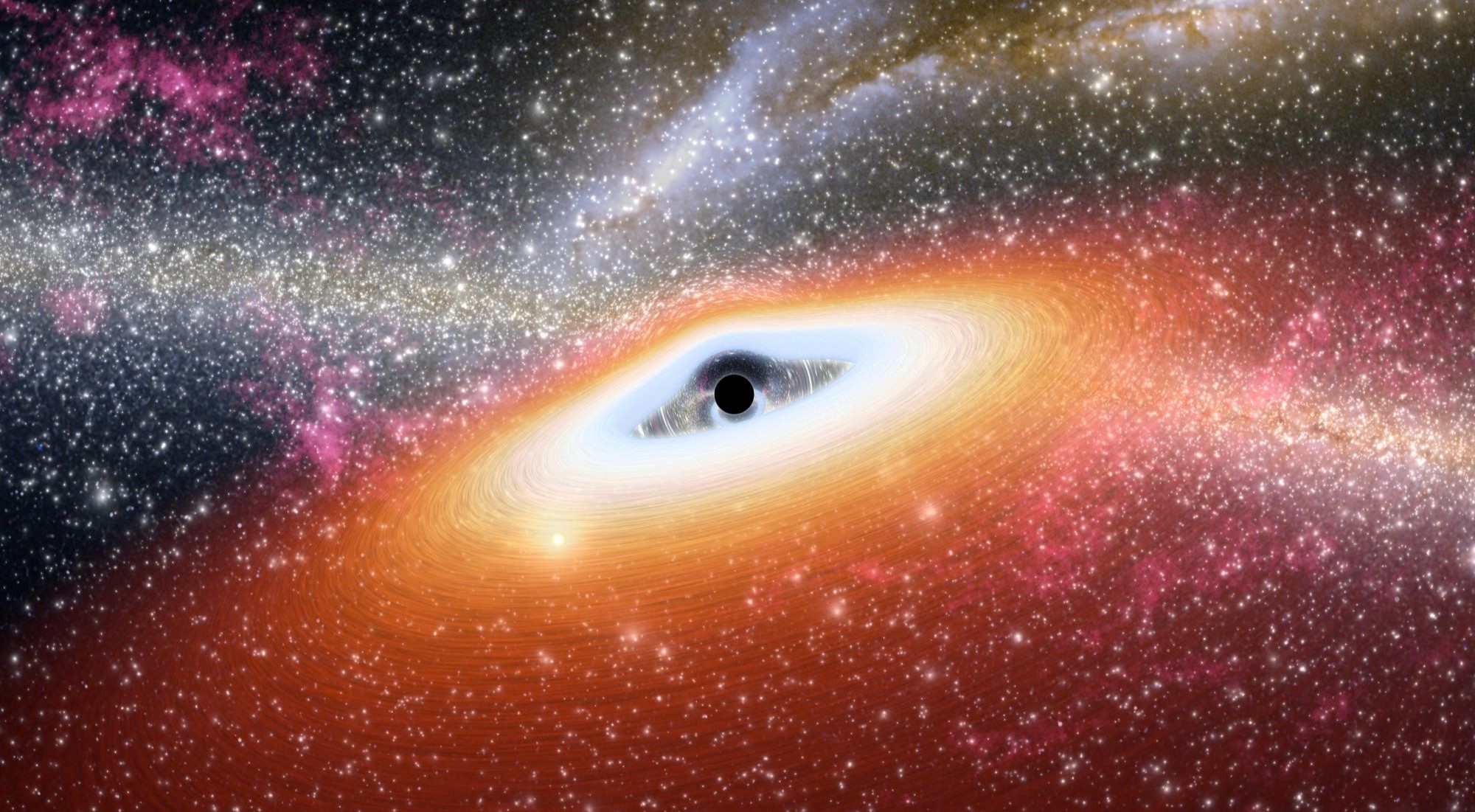

The fabric of space and time is wrinkly and warped. Gravity tugs on this fabric, causing indents and wiggles—some of which are observable to humans as gravitational waves. When two black holes, neutron stars, or other extremely massive objects smash into each other, they emit these waves, which were first heard by the revolutionary LIGO experiment in 2016.
After that first detection seven years ago, physicists thought their mathematical models described the data well enough. Now, physicists have just determined that gravitational waves released from collisions between two black holes are more complex than previously thought. Two new studies from Caltech and Johns Hopkins—concurrently published on February 22 in Physical Review Letters with matching results—use computer models to reveal so-called nonlinear effects in black hole collisions, in which gravitational ripples influence each other like waves on a shore.
“Nonlinear effects are what happens when waves on the beach crest and crash,” said Keefe Mitman, Caltech astronomer and lead author on one of the studies, in a press release. “The waves interact and influence each other rather than ride along by themselves. With something as violent as a black hole merger, we expected these effects but had not seen them in our models until now.”
[Related: ‘Rogue black holes’ might be neither ‘rogue’ nor ‘black holes’]
These new studies investigate a particular part of the black hole-black hole merger, known as ringdown because it resembles the vibrations of a struck bell. When black holes collide, they temporarily form one lumpy and unstable large black hole that needs to settle down into a simple, round shape. This settling and shifting releases the gravitational waves that make up the ringdown. Since the mathematics describing this process is unwieldy, prior work assumed gravitational waves don’t interact with each other.
But this new work tackles those complicated events and discovered the waves in fact influence each other. In computer simulations, the Caltech group modeled what happens when two black holes collide in orbits that aren’t perfect circles, and the Johns Hopkins team smashed two black holes together head-on at almost the speed of light. Both these scenarios are particularly energetic, leading to the nonlinearities they expect to see.
To explain why energetic collisions have this result, Mitman likens this to two people on a trampoline. Two jumpers who gently hop up and down shouldn’t affect each other that much, as he points out in the press release. “But if one person starts bouncing with more energy, then the trampoline will distort, and the other person will start to feel their influence,” Mitman said. “This is what we mean by nonlinear: the two people on the trampoline experience new oscillations because of the presence and influence of the other person.”
Without accounting for nonlinear effects, physicists may be wrong about the size and other properties of the black holes they detect—of which there have been many with LIGO over the past few years. Plus, these details are key for making sure our understanding of the laws of physics are fully correct, such as checking the intricacies of Albert Einstein’s theory of general relativity.
[Related: We’re still in the dark about a key black hole paradox]
“Black hole ringdowns offer a great playground to test Einstein’s theory of relativity,” says Sumeet Kulkarni, a University of Mississippi astronomer not affiliated with the study. “But to use ringdowns as a test, one must understand them completely. This study takes us a step closer to this understanding.”
For now, however, nonlinearities are only seen in the realm of supercomputers. Humanity’s best black hole detectors aren’t sensitive enough to spot these small effects. Future detector projects are already in the works, though, and researchers are already starting to plan for the future.
“An obvious next step is to gauge whether these effects will be detectable in LIGO or next generation detectors,” says Mark Ho-Yeuk Cheung, physicist and lead author of the Johns Hopkins study. The Cosmic Explorer and the Einstein Telescopes are two upcoming gravitational wave experiments that may be able to do the job. “While the prospects are promising,” Cheung adds, “we still need to quantify more precisely how and when they will be detected.”
Not only do the pair of simulations shed new light on the mysteries of black holes, they also illustrate the beauty of the scientific process: two teams of scientists producing independent results, complementing and supporting the others’ findings. As Mitman tells Popular Science, “I’m just charmed that we have yet another beautiful example of theorists and numerical relativists coming together to discover something fascinating about the way black holes work.”